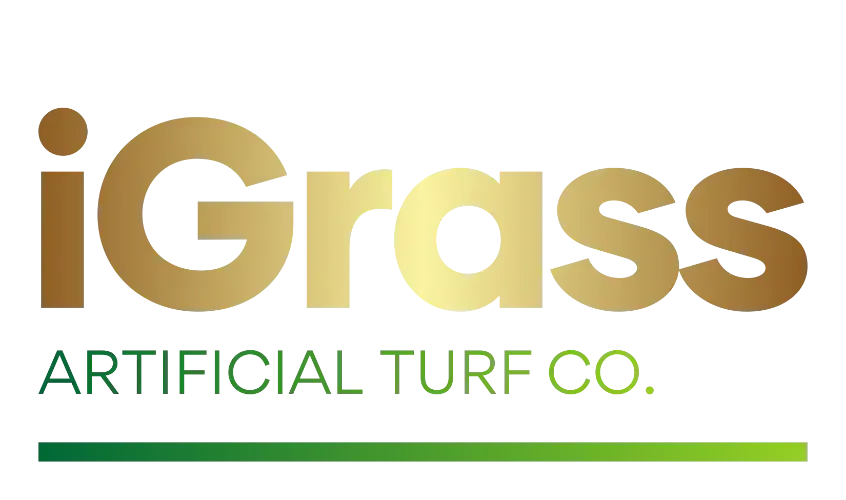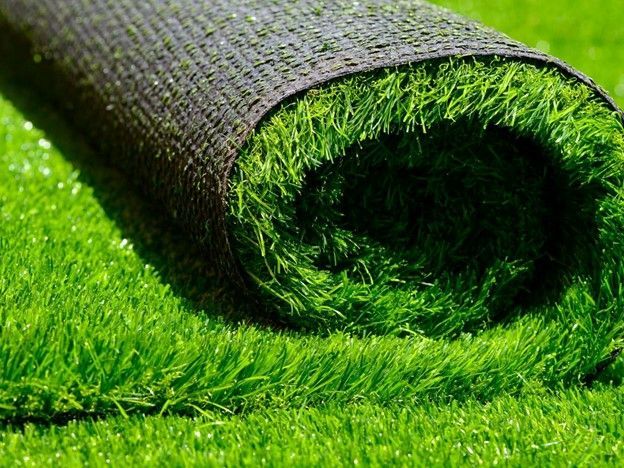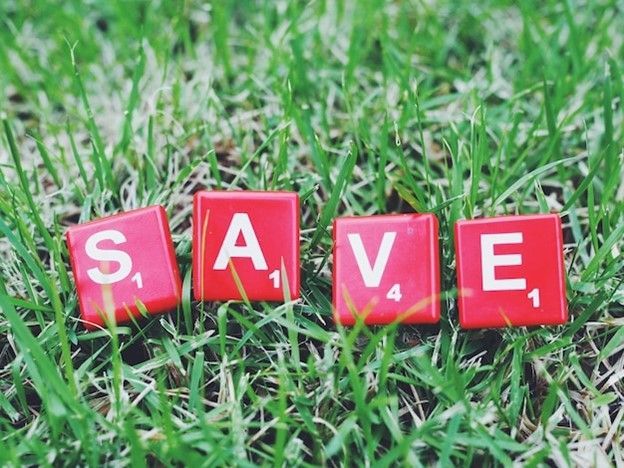Blog
How synthetic grass can improve water conservation in your garden
Often called artificial turf, synthetic grass has changed greatly since its first introduction. Originally mostly utilized in sporting venues and in settings where natural grass failed to flourish, it has now become a common option for homes and businesses. Its low water needs mostly explain this change. Unlike real grass, synthetic grass does not need watering to preserve its vivid green look and structural integrity, which is especially important in places suffering drought or water shortage.
The Effects of Conventional Lawns on Water Supply
When it comes to water use, traditional grass lawns are quite taxing. One square metre of natural grass might need up to 2000 litres of water annually in hot climes merely to stay green and healthy. This great demand for water strains local water supplies greatly and helps to cause depletion and diversion of these vital resources. The move toward synthetic grass may be very important in lowering this need and providing a workable alternative for environmental preservation initiatives.
Benefits of Synthetic Grass in Dry Climates
Keeping natural grass in dry and semi-arid areas is not only difficult but also unsustainable. Synthetic grass is a perfect substitute as it requires no water, thereby saving valuable resources. Furthermore, lessening the environmental effect is achieved by eliminating chemical fertilizers and pesticides. Both city designers and homeowners discover that synthetic grass offers a year-round green look free of the environmental guilt related to too much water consumption.
Installing Synthetic Grass and Its Financial Benefits
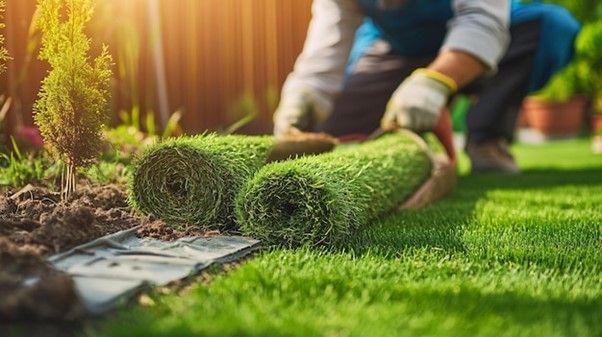
Though first more costly than genuine sod, synthetic grass provides significant long-term benefits, mostly in terms of lower water expenditures. Businesses and homeowners alike no longer have to pay for expensive irrigation systems or pay continuous water use and grass upkeep charges. As water costs climb owing to shortage, these savings become more significant. Synthetic grass is thus both a financially wise and ecologically friendly option as well.
The Impact of Urban Heat Island on Synthetic Grass
Though synthetic grass lacks the same cooling properties as real grass, technological developments have enhanced its heat responsiveness. Lighter color blades and cooling infills assist in lowering surface temperatures, therefore improving the comfort of artificial grass in hotter climates. Furthermore, by substituting material that stores less heat for heat-absorbing surfaces like concrete in metropolitan areas, synthetic grass helps to lessen the urban heat island effect.
Synthetic Grass: A Vision for the Future of Gardening
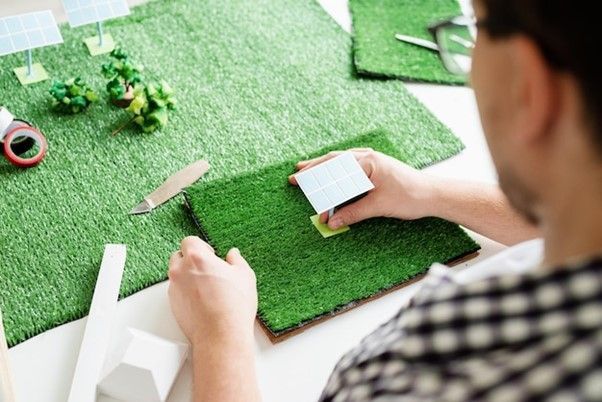
The importance of synthetic grass in sustainable landscaping methods is likely to grow as water shortage becomes a worldwide concern—manufacturing's innovations in environmental friendliness and visually beautiful design help to increase its popularity. Synthetic grass is a good substitute for conventional lawns for homeowners and urban designers who prioritize sustainability, as it promises major ecological advantages without compromising the green areas that improve our living surroundings.
Conclusion
The adoption of synthetic grass marks a major step towards sustainable living, thereby immediately affecting efforts on water conservation in landscaping and gardens. iGrass offers a variety of knowledge for further understanding of environmentally friendly landscaping choices. Accepting these substitutes not only helps to save important water supplies but also guarantees a more sustainable contact with our surroundings, thereby enabling us to enjoy green areas free from the significant water consumption usually connected with gardening.
Tel: +27 21 988 4515
Whats App: 067 034 9159
56 Tarentaal Road, JoostenbergVlakte, Cape Town, 7570, South Africa
hello@igrass.co.za
www.igrass.co.za
Copyright iGrass South Africa
